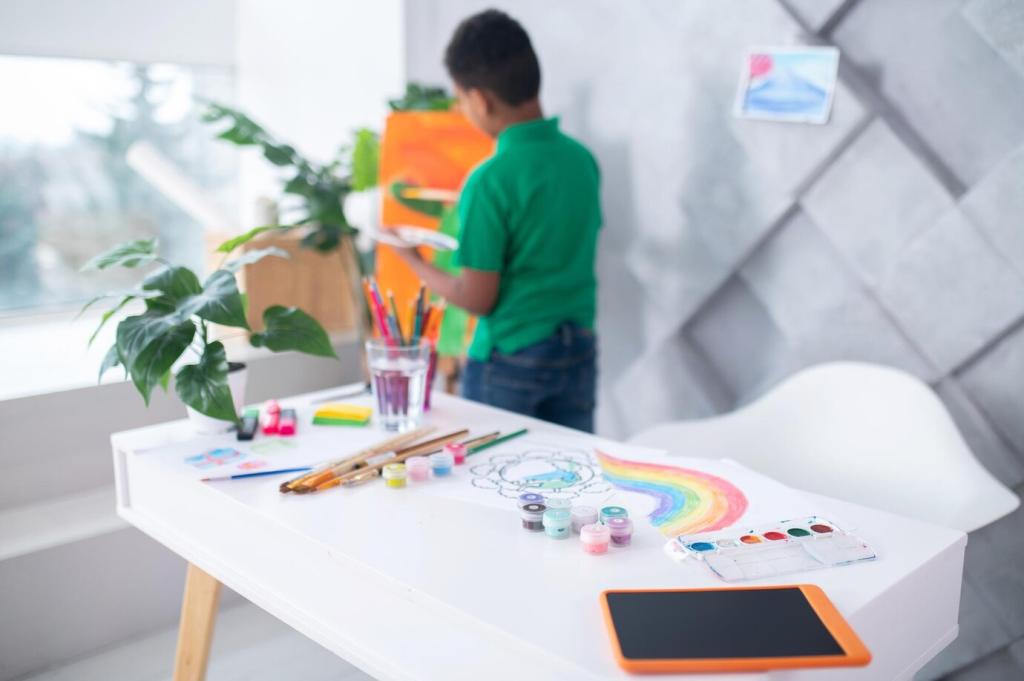Storytelling That Lets Spaces Talk
Go beyond before-and-after by adding a second “after” six months later. Share how the family now hosts dinners weekly or how staff turnover dropped post-renovation. Outcomes prove design value and make your copy unforgettable.
Storytelling That Lets Spaces Talk
Describe morning light pooling across a herringbone floor or the quiet hush of acoustic panels in a school library. Sensory detail invites readers to feel the transformation, not just view it, creating emotional momentum.





